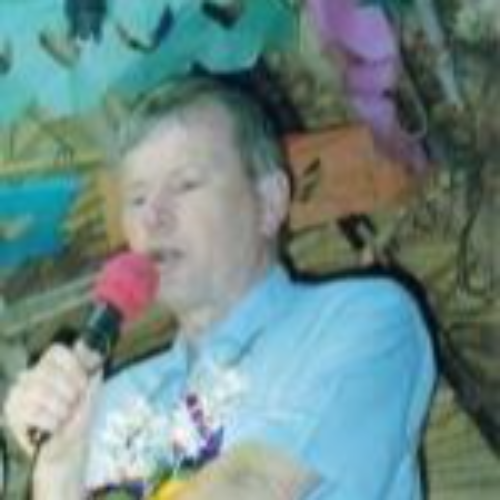-
The Empty Tomb
Contributed by Christopher Holdsworth on Feb 27, 2023 (message contributor)
Summary: Jesus' bodily Presence is not all: He is with us for ever.
THE EMPTY TOMB.
John 20:1-18.
While Jesus’ enemies had been busying themselves setting a watch over His tomb, the disciples had been sitting quietly at home, keeping the Sabbath. At first dawn Mary Magdalene - and some other women - came to the sepulchre, and found the stone had been rolled away (John 20:1)! Jumping to an immediate conclusion, Mary left the other women to make their own discoveries. She ran immediately to tell Simon Peter (who had run away while she kept vigil at the Cross); and John (who had been there to the bitter end, and with whom Mary the mother of Jesus now resided).
“They have taken away the Lord!” she exclaimed. (She does not say who she thinks “they” are.) “And we (plural) don’t know where they have laid Him” (John 20:2)! (Notice she is still talking about “the Lord” and “Him” - not ‘the body’ or ‘it’).
The men set off on a footrace (John 20:3-4), leaving Mary to return to the tomb at her own pace. The Lord’s mother probably remained still in the house.
Arriving first at the sepulchre, John looked into the tomb and saw the linen clothes lying (John 20:4-5) - but he did not enter. Peter arrived and immediately went into the sepulchre, and noted the arrangement of the clothes (John 20:6-7). Then John went in, and “seeing he believed” (John 20:8) - although just what he was believing at this stage he was not so sure (John 20:9).
After the men had gone home (John 20:10), we catch up with Mary again outside the tomb, weeping - and then peeping inside (John 20:11). Mary saw two angels, and how they were arranged - one where Jesus’ head had been, and one where His feet had been (John 20:12). Mary, in her grief, saw no significance in this.
After their tender enquiry concerning her tears, Mary repeated the conclusion she had drawn, but now speaks possessively and singularly of “my Lord” and “I” (John 20:13).
Something made her turn back (John 20:14)! Was it the demeanour of the angels - a change in posture, or a look of recognition as the Lord (whom she sought) came up behind her? Or perhaps a shadow, or a sound? We do not know.
Or did she perhaps sense His Presence? Not perhaps as the Friend she had known, but as a servant to her single obsession: that of finding her Lord. I wonder how many times the Lord draws near to us, and we do not know it - and rather than serving Him, we want to manipulate Him into our service!
Jesus repeated the question that the angels had asked, adding, “Whom do you seek?” She presumed He was the gardener, and questioned Him accordingly, fully intending to take charge of the body herself (John 20:15). Yet still, for her, the body was “Him.”
Then Jesus pronounced her name: “Mary” (John 20:16). ‘He calls His own by name, and they know His voice’ (John 10:3-4). At last she recognised His voice.
Again we are told she “turned” - perhaps adjusting her position in relation to Him. The greatest turning, the greatest adjustment for any of us comes with the recognition of His call - not His death, not the empty tomb, not encountering Him as a stranger - but recognising Him, as Mary now began to do, as our very own ‘Teacher!’
“Touch me not,” said Jesus (John 20:17). Or rather, ‘Do not keep on holding on to me’ - as if my bodily Presence was all - “for I am not yet ascended to my Father.” Now - “go and tell my brethren” (the same brethren who all but one abandoned Him!)
The message which Mary was commissioned to share was that of Jesus’ soon-coming ascension - to “my Father,” He told her to tell the disciples, and “your Father.” (Same Father, but His by eternal generation, and theirs by regeneration.)
“My God, and your God” has echoes of Ruth 1:16, which is well worth reading again at this point. The disciples might eventually remember that Jesus was ‘going to prepare a place for’ them (John 14:2-3).
Mary obeyed her commission, and “went and told the disciples that she had seen the Lord” (John 20:18), and what He had said to her. For John, for the purposes of this part of his account, three witnesses are enough. The beloved disciple is content to record the varying reactions to the empty tomb of one of the women, himself, and one other man.

 Sermon Central
Sermon Central



